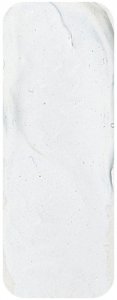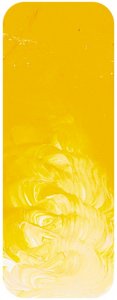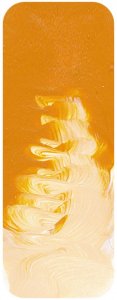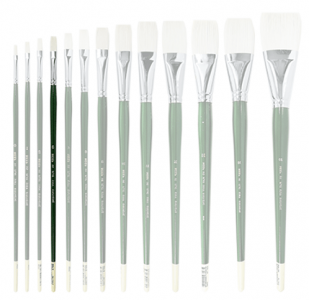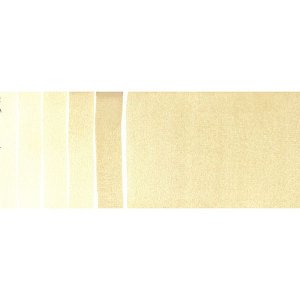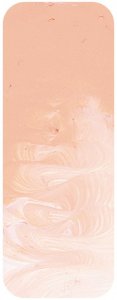Description
"Although Van Dyke Brown has the name of Anthony Van Dyke because it was said to be first used by him, in actual fact it was Rubens who pioneered the use of the pigment and since Van Dyke was a pupil and principal assistant of Rubens, the young Van Dyke would have been required to use the colour by his master. It had a very different name in those days, as it was called either Cassel earth or Cologne umber, both names referring to the fact that it was mined in the vicinity of Cologne in Germany. It was essentially a Raw Umber which had a high portion of lignite in it. Lignite is brown coal. This original Van Dyke Brown colour as used by Rubens and Anthony Van Dyke has stood up well over time but unfortunately the pigment could be variable in quality and the lignite portion was prone to degrading. Unscrupulous colour men added to the problems by using bitumen as a substitute for the best grades of Cassel earth and so while the colour remained very popular, it gained a reputation by the 19th century as an unreliable colour and when the fashion for paintings containing a lot of dark brown passed sales of the colour declined as well.
Van Dyke Brown as a colour, however might have passed the peak of its popularity, but it didn???t go away as artists continued to like very dark browns. Burnt Umber is the standard workhorse but it is also useful to have other dark browns of varying degrees of colour warmth and levels of opacity or transparency.
Van Dyke Brown has adapted to fit modern needs which is just as well since the original pigment had too many problems to continue in its original form. Often substitute versions colour were made by blending black with standard Burnt Umber. This made the colour more opaque than the original colour used by Rubens which was quite transparent, and noticeably more opaque than Burnt Umber. Matisse Van Dyke Brown is unusual in that it is made from a particularly dense form of umber which is opaque. This makes the colour distinctively different to the other dark browns in the Matisse range and the opacity can be very useful in many situations giving the colour great covering power. Where transparency is required then all degrees of transparent dark browns can be used from Transparent Umber to Burnt Umber and then the semi transparent Raw Umber and Raw Umber Deep.
Van Dyke Brown is a beautifully warm chocolate shade of brown. colours which are mixed with it gain warmth and gain opacity. it is an ideal colour for making browns with. Transparent colours tend to look good in shadows as it is hard for the eye to focus on a transparent colour. Opaque colours, on the other hand gain solidity and tend to approach the viewer. Opaque colours are most suitable for depicting objects that are in the light. Van Dyke Brown is ideal for making these brown colours.
"

